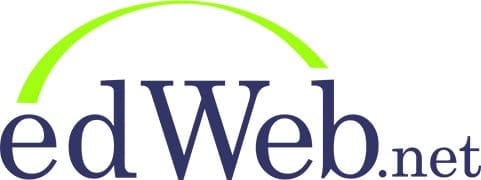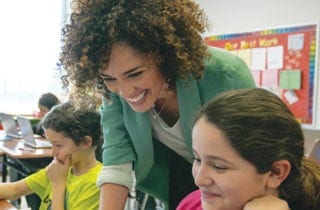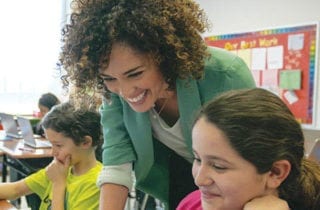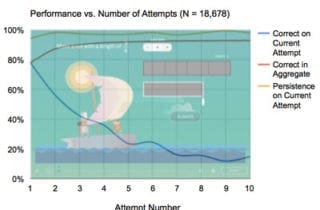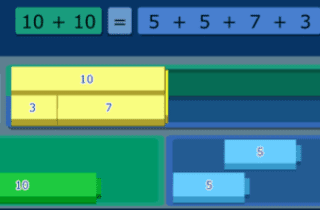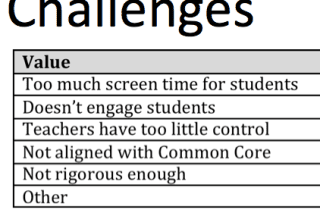The use of differentiated instruction to individualize each student’s learning experience is becoming more common in today’s elementary classrooms, but creating meaningful differentiation for a typical class of 25 students or more can still be a challenge. What should educators and administrators know about adaptive learning? In “Adaptive Literacy Learning 101,” presenters reviewed findings from Tech & Learning’s 2017 survey on adaptive learning and highlighted key points that everyone should know.
eWeb.net and Voyager Sopris Learning® announce a new, free professional learning community on edWeb, Adaptive Literacy Learning. Voyager Sopris Learning helps preK-12 educators meet and exceed their goals for student achievement, and provides support in the key areas of evidence-based instructional solutions, in-depth professional development, and use of cutting-edge technology to accelerate learning.
Attend this edWebinar for an introduction to adaptive literacy learning from elementary educator at Boise-Eliot Elementary School in Portland, OR Lauren Kimlinger and Voyager Sopris Learning’s Cathy Caldwell.
In this edWebinar, Amplify Education’s Dr. Zachary Wissner-Gross and Dr. Drew Corley examine various types and modalities of feedback, as well as richer combinations of audio, visuals, text, and manipulative interaction.
It’s one of the most important questions math teachers ask every day: how do we engage students in meaningful, enjoyable mathematics? In this webinar for the Adaptive Math Learning community, presenters Zachary Champagne and Tim Hudson shared useful insights about the Mathematical Practices that will help deepen students’ understanding, enjoyment, and success in math class.
Every math educator has seen first-hand evidence that student understanding of mathematics is far from where we’d like it to be. And in the world of EdTech, educators have seen the term “adaptive learning” become increasingly popular as companies try to support student learning in mathematics with new technologies.
As online learning opportunities expand and blended learning models continue to evolve, it’s critical to ensure education remains student-centered and focused on key learning goals whether students are in the classroom or using technology.

